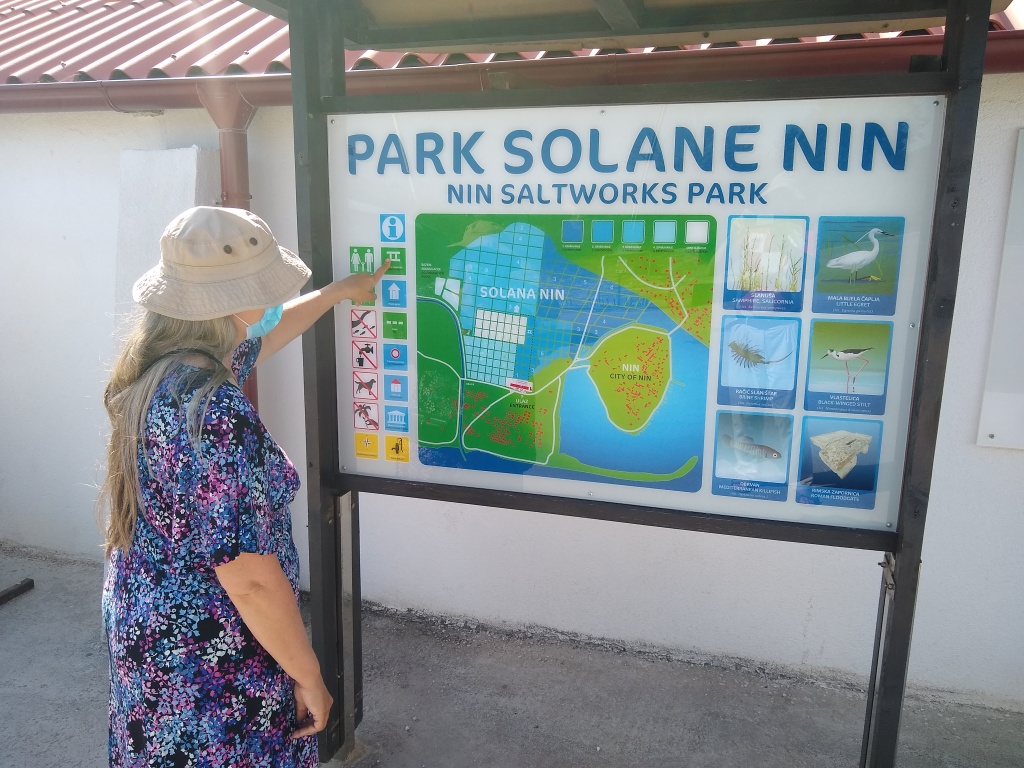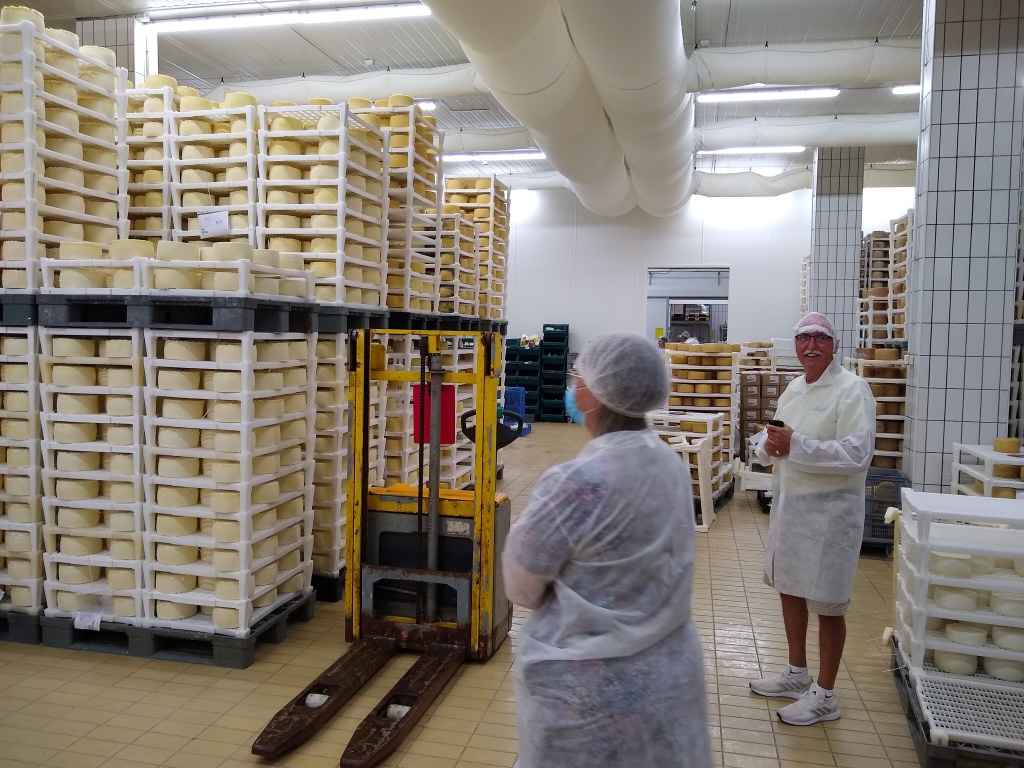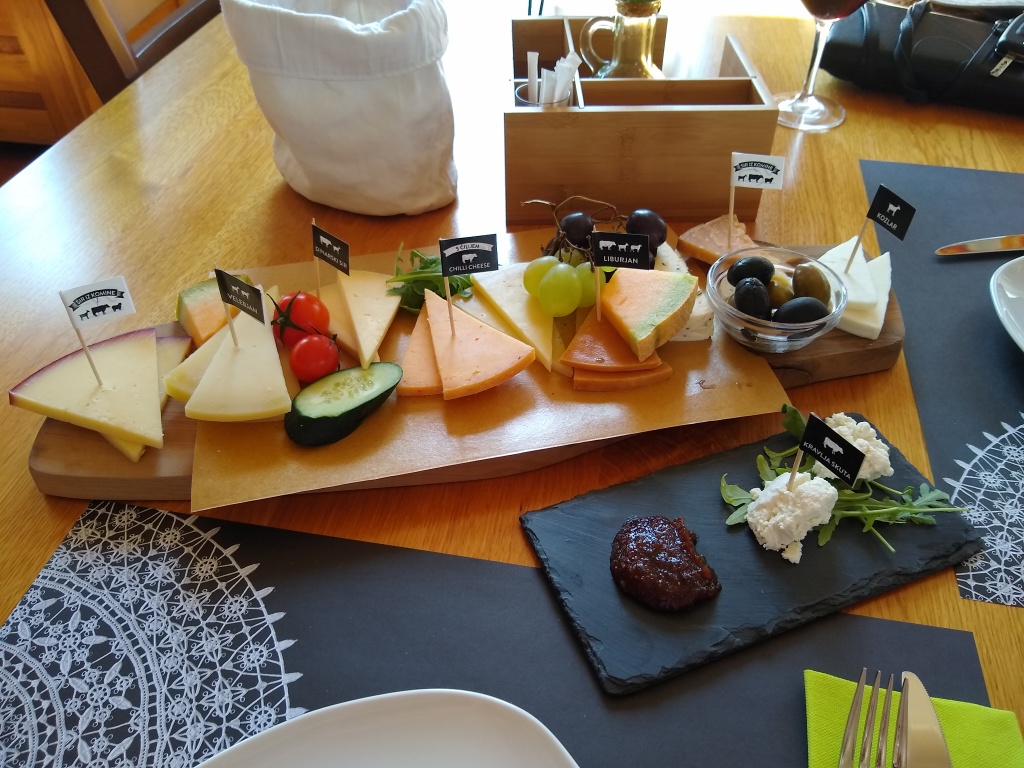September 15th: In the morning, we snorkeled a little in Pag before heading out. There was an entry point less than 100 meters from our apartment. Nothing spectacular, but lots of small fish.


On the way out of town, I noticed a sign to St. Duh.

“Svetnik” or “svetnica” means “saint”, so this sign appeared to be pointing to a church of Saint Duh. A patron saint of obviousness? There are too many possible puns on this to list here, so I’ll let you make up your own. Just pray that there are no spherical holy relics, or we’d have to call them “sveti balls“. But it’s a bit more complicated than that, as “Sv.” can also be an abbreviation for “sveti” = “holy”. And “sveti duh” means “holy ghost”.
Our main target for the day was Paklenica National Park, known for its narrow canyons, numerous rock-climbing routes, and a secret military bunker (now a museum).




Then we drove to Gračac, where we stayed 2 nights. We ate dinner at the Kralj Zonomic restaurant.










